
THE XERCES SOCIETY FOR INVERTEBRATE CONSERVATION Aquatic Invertebrates in Pacific Northwest Freshwater Wetlands |
| Identify taxa |
Amphipoda With a few exceptions, many of the scuds look similar to each other and can be difficult to distinguish. A number of introduced and marine or estuarine scuds find their way into freshwaters in the Northwest. The most commonly collected are in the families Crangonyctidae, Gammaridae, and Hyalellidae. The genus Hyallela is very common in slow waters, including parts of the Columbia Slough in Oregon. Anisogammaridae and Corophiidae are commonly collected in estuarine habitats, although Corophiidae has been collected far from the ocean. Amphipods have a variety of feeding habits. Most are collector-gatherers of fine organic materials, but some scrape algae, shred coarse organic materials, or even eat other invertebrates. They can be found in almost any aquatic habitat, and are particularly abundant where food is plentiful and fish are not. They make great fish food and have even been raised and introduced into different water bodies in an attempt to provide an additional food source for fish. |
|
| Family key |
Antennae are not thick and leg-like; the first pair of antennae are longer than the second |
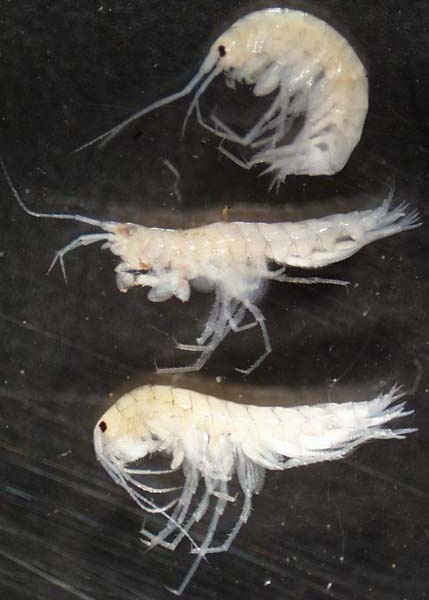 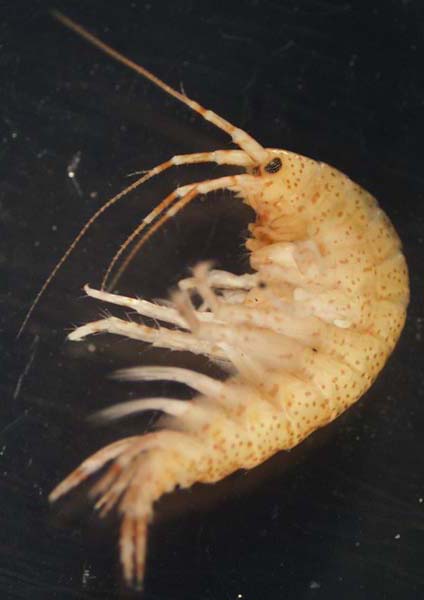  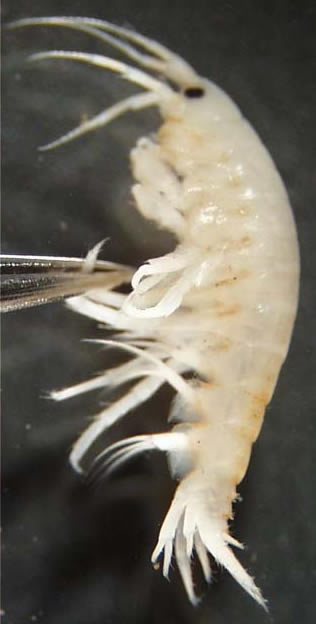 |
|
|||
Hyalellidae |
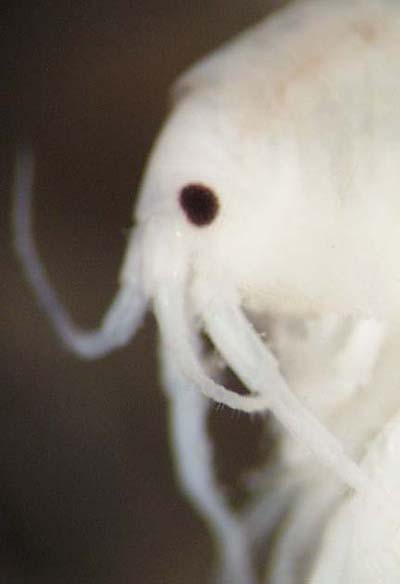 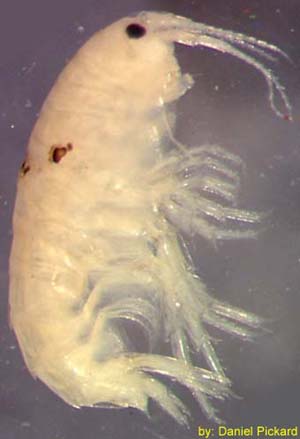 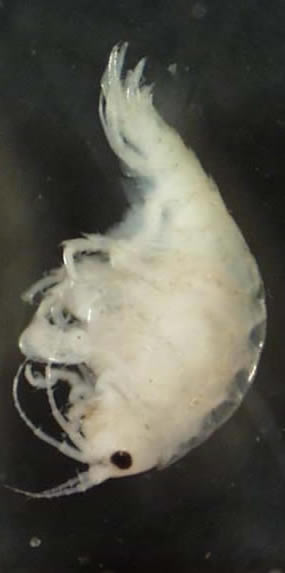 |
||||
| Corophiidae (Corophium) the second (lower) pair of antennae of both males and females are very thick, enlarged, and leg like |
 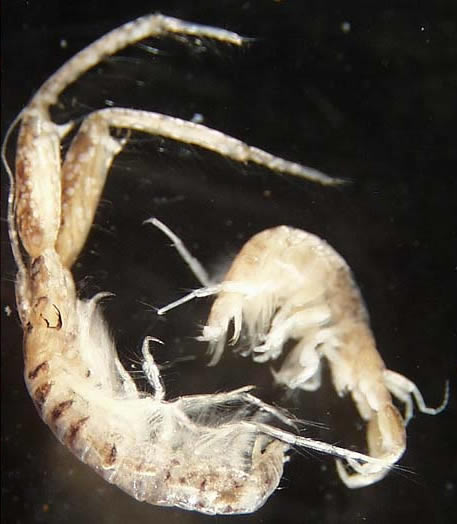 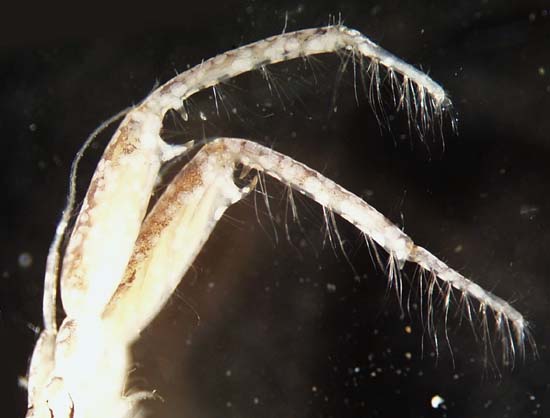 |
||||
| Amphipoda not commonly found in wetlands | 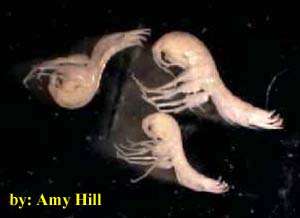 |
|
© 2007 Xerces Society
Contact info@xerces.org